Head Out to Your Schoolyard to Learn Math
Outdoor education is beneficial, if not essential to child development. The many positive outcomes of integrating outdoor learning into the traditional indoor classroom experience have been studied, tested and proven. Proponents extol the benefits of outdoor education: its ability to enhance academic performance, personal development and promote social and emotional wellbeing, regardless of gender, ethnicity or socio-economic background.
Recognizing these benefits, UrbanMathTrails, a math education consultancy is partnering with The Trust for Public Land’s NYC Playgrounds Program, a non-profit committed to building student-designed playgrounds at public schools across the five boroughs, to activate its over 200 playgrounds as innovative outdoor classrooms.
In the academic realm, outdoor education employs a wide range of multiple intelligences, including kinesthetic, naturalist and spatial, which is limited in a typical indoor classroom. Learning in the outdoors enhances student attitudes toward school, creating enthusiasm for education, improving behavior and attendance. Playing an active role in the learning process leads to students experiencing greater motivation and gratification in learning. Through cooperative learning, outdoor education fosters team building and conflict resolution skills. It also cultivates problem-solving skills, creativity, and decision-making by challenging student thinking in new ways. It appeals to the needs of nontraditional learners, thus narrowing the achievement gap between different groups of students and improving peer relationships.
In the personal realm, outdoor education has been shown to enhance physical, social and mental health, while supporting social, emotional and behavioral development. Spending time outside can relieve stress and it is a fun change of pace from the routine classroom-based, teacher-directed, textbook-centered experience. It provides an opportunity to engage actively through physical movement, which encourages independence and initiative while building student confidence.
Playgrounds can be used to enrich the outdoor education curriculum and TPL is devoted to this mission. In a new partnership, under the direction of UrbanMathTrails, The Trust for Public Land is rolling out a core-curriculum aligned program to empower teachers to activate their playgrounds as centers of math learning.
Playgrounds have many elements that can be used in developing math lessons and experiences for school children. Basketball courts, running tracks, play equipment, landscaping, gardens, and seating are some of the facilities that may be creatively leveraged into fun, engaging, robust math lessons about numbers and operations, measurement and data, geometry, ratios and proportion, graphing and algebraic thinking.
Playgrounds are natural extensions of the student math world. Large and non-traditional spaces shift math education to a new level, enabling students to use their developing spatial sense to solve problems. Effective teaching requires multi-modalities, different ways of presenting concepts and skills to help students internalize new learning and retain knowledge. Playgrounds vary the experience as well as the environment, creating meaningful opportunities to learn or reinforce mathematical concepts and skills.
Measurement is a fundamental domain of school mathematics and the playground offers multiple opportunities for interesting activities using both non-standard (hand span, arm span, step length) and standard measurement units (feet and meters). Some ideas follow:
- Compare various non-standard units and assess which are best for what application. Paper clips may be appropriate non-standard measurement units for pavement tiles, but not for the length of a basketball court.
- Convert units of measurement within and between the metric system and the U.S. measurement system. Using tape measures, denominated in inch and centimeter units, students can convert lengths, widths, and heights to feet, yards and meters, practicing division to solve application problems.
- Compare the dimensions of professional basketball versus a school court. This hones student measurement skills while teaching them about scale and ratios.
- Compare lengths of lanes in a running track to assess starting positions. Students will learn how to calculate the correct starting position in each lane to ensure that all competitors run the same distance.
- Finding the shortest route from one point to another. This challenges students to make sense of problems and persevere in solving them.
- Explore the relationship between perimeter and area. These are not proportional relationships, which students recognize while comparing them.
- Solve problems about area and volume for planting and landscape maintenance. Activities such as these demonstrate the planning and math underlying garden cultivation.
- Calculate student playground density. This sensitizes students to capacity restrictions to ensure comfort and safety.
- Collect data to build a scale model. Students practice their measurement skills, attend to precision, organize information, practice ratio and proportion and learn about the engineering design process.
- Confirm parallel lines and congruent shapes. When students evaluate real lines and shapes in situ, they internalize meaning so that it becomes part of their mathematical knowledge.
- Calculate slopes. By learning how to measure a change in elevation, students are exposed to another concept in engineering.
- Find heights using corresponding shadows. Proportional reasoning is fostered activities such as this, which enrich conceptual understanding of ratio.
- Practice estimating lengths and distances and comparing them to actual measurements. Estimating skills are essential and often underestimated in teaching math.
Playgrounds provide mathematically-rich play equipment and flexible use spaces like pavements, turf fields and hardcourt areas for meaningful opportunities to apply geometry concepts and skills. For example:
- Analyze, compare, compose and partition shapes. Modern playground design offers myriad opportunities for an interesting exploration of shapes.
- Identify and measure different types of angles. Whether acute, obtuse, right or straight, the many structures in playgrounds offer the opportunity to classify and compare a range of angles in situ.
- Explore the properties of polygons, polyhedrons, circles, and cylinders; and, evaluate the properties of space from the perspective of both two and three-dimensional shapes and their relative positions. Learning about the differences between 2 and 3-dimensional shapes is facilitated by actual observation of the difference between a flat plane and an object that can be held.
- Explore symmetrical relationships. This builds logic, observation, and spatial skills.
- Learn about tessellations. Seeing actual pavement tilings enables real understanding about how to tessellate shapes without gaps and overlaps.
- Recognize and use congruent and similar shapes. These are important ideas that relate enlargement, scale factor, area growth, indirect measurement, and projective geometry.
- Learn and practice key geometric terms. When students are challenged to communicate math orally or in writing, their understanding of concepts and skills improve.
Graphing provides meaningful opportunities for children to represent, visually illustrate, and communicate important mathematical relationships. Students can collect data about playground layouts, facilities, and participation and graph the results. In the playground, they can model the coordinate grid and histograms with their bodies. Students can play human number line games to order integers, fractions and/or decimals. They can also estimate approximate positions on the number line between a range of numbers. By literally embodying these concepts, mathematical diagrams become very concrete for students.
Many aspects of our world operate according to proportional rules so learning about ratio and proportion in the playground is a useful way for students to understand these concepts, use them to solve problems, and extrapolate to other situations and in other contexts. For example, students can go on a ratio hunt or make their own. They can learn about the Golden Ratio and Fibonacci Sequence in school garden plantings. They can understand some of the design considerations that informed the playground layout.
Activating the playground for math learning requires very few materials. The playground is in close proximity to the classroom, making it easy for teachers to coordinate and execute. Sidewalk chalk, measuring tapes or wheels, string, clipboards, and pencils are sufficient tools. Striping patterns help students organize themselves quickly for instruction and learning. Lessons are distributed in simple written form, students work with a partner or in a team and hand in the worksheet for teacher evaluation of student understanding and performance. They can also be adapted as teacher-led informal activities.
There are many benefits of activating the school playground for math learning. Students learn math in context, hands-on, real-life math problem-solving. Student interaction with the built and natural environment through kinesthetic math learning builds observation skills and enables students to retain information through experience. The playground facilitates cooperative learning and thereby strengthens and reinforces math communication. It builds an appreciation of the outdoors for lifelong learning and enjoyment, adds variety and fun to the math curriculum and experience. It synthesizes learning across the math curriculum to deepen student learning and provides applied and effective math instruction that serves as a foundation for subsequent classroom instruction. Finally, it improves students’ attitudes toward math to make them like it more.
About the Authors
Jan Cohen
Jan Cohen is the founder of UrbanMathTrails, an education consulting firm that serves various institutions in the application of math in new contexts. Drawing upon an extensive background in math education (M.Ed, Brooklyn College), finance (M.B.A., Drexel University) and architecture (B.F.A., Cornell University), and a passion for the outdoors and the arts, Jan’s programs inspire children to discover math in the environment around them, including parks and other natural habitats, playgrounds, museums, buildings, and neighborhoods.
Prior to establishing UrbanMathTrails, Jan was a middle school math teacher for 16 years, following senior positions on Wall Street for 20+ years.
Tiffany Briery
Tiffany Briery is the NYC Playgrounds Program Coordinator at The Trust for Public Land. Tiffany works with school communities to foster stewardship of future and existing community-designed playgrounds. Her role includes leading stewardship and gardening programs, helping teachers get their students engaged in their gardens, supporting participatory design, and fostering park activation by empowering communities to program their yards. Before coming to the NYC Playgrounds Program, Tiffany taught at The Brooklyn Urban Garden School and served as an educator at a variety of New York institutions including The Science Barge, The High Line, NYBG, BBG, and The Brooklyn Children’s Museum.
Tiffany holds an M.A. in Bioethics from NYU where she explored social and moral matters at the intersection of health and the environment.


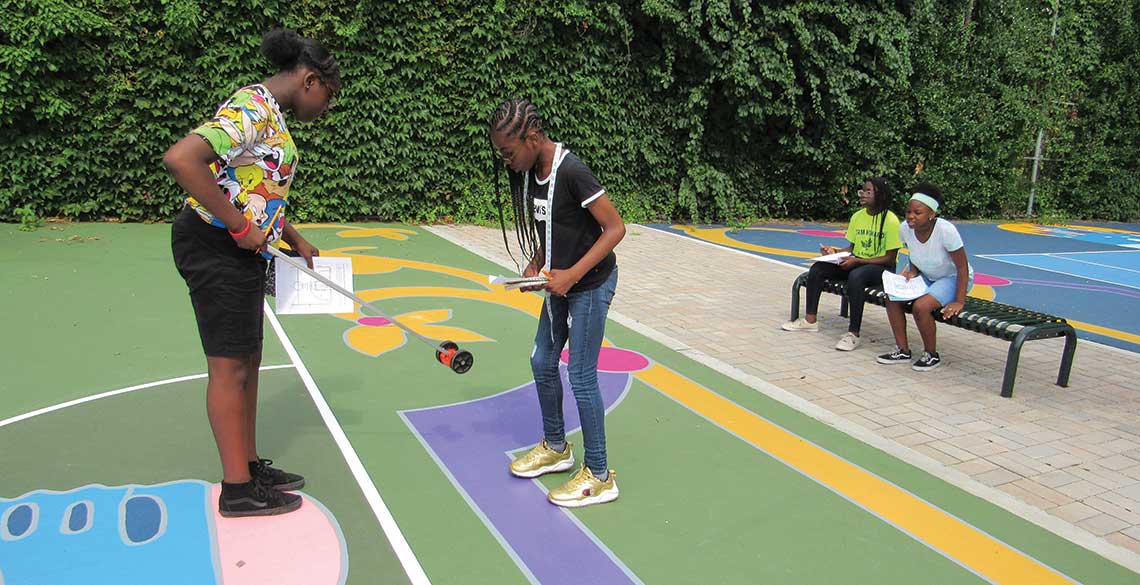

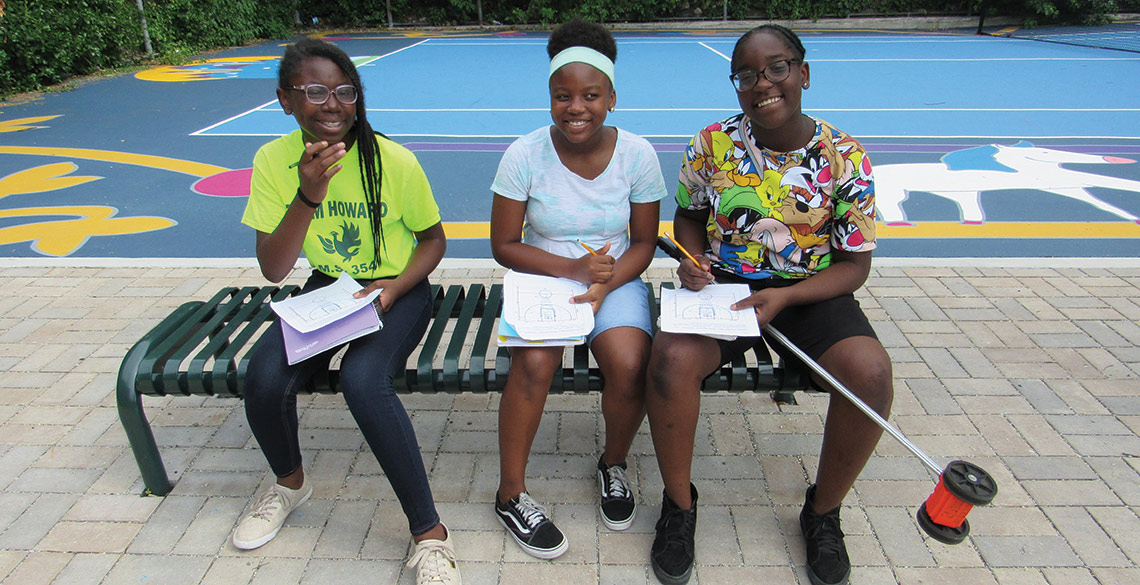

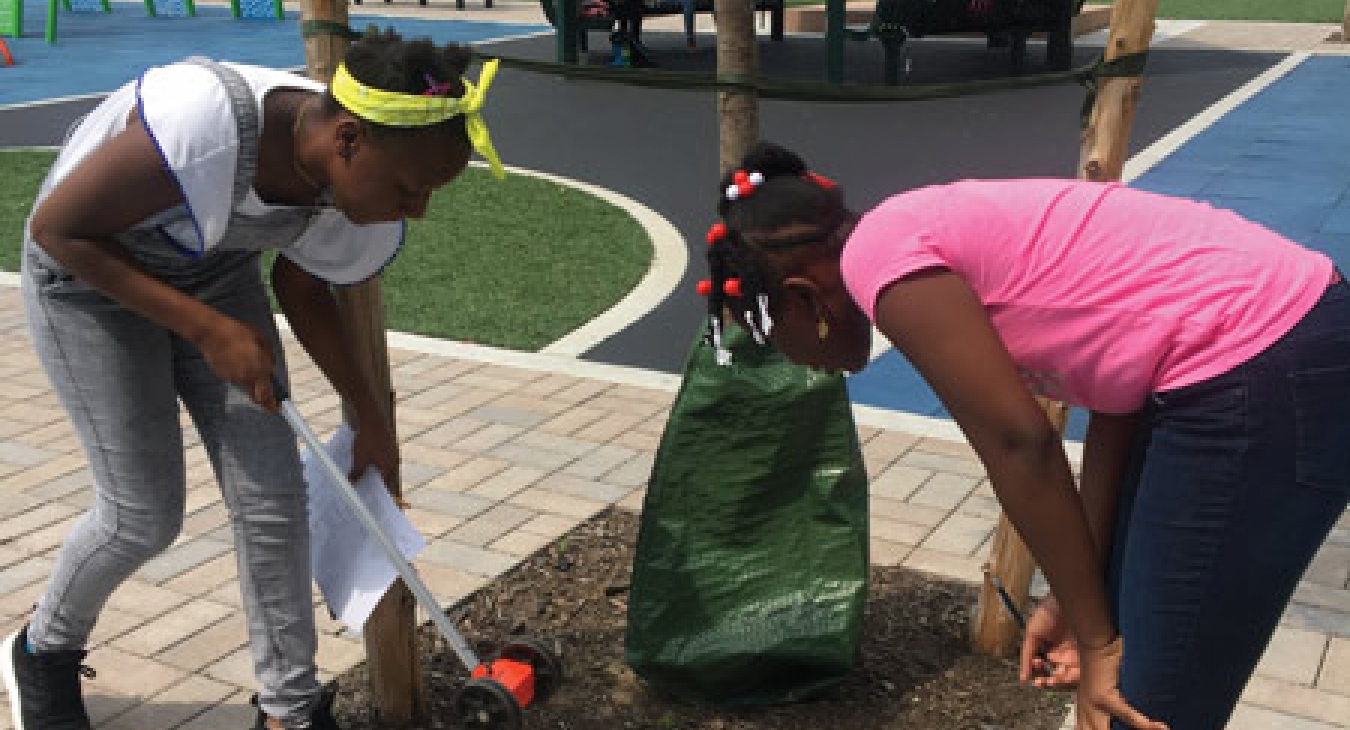


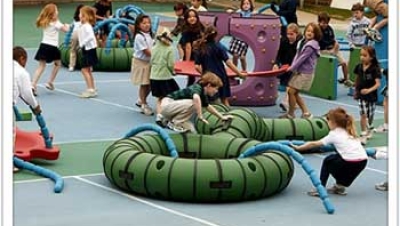

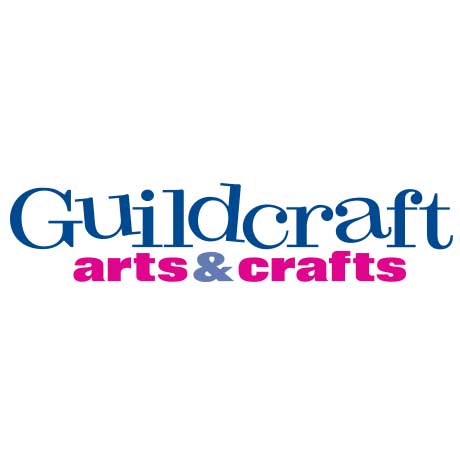


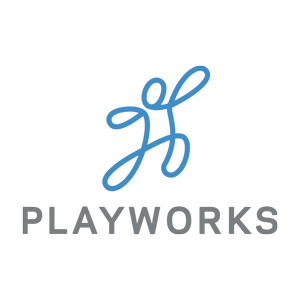
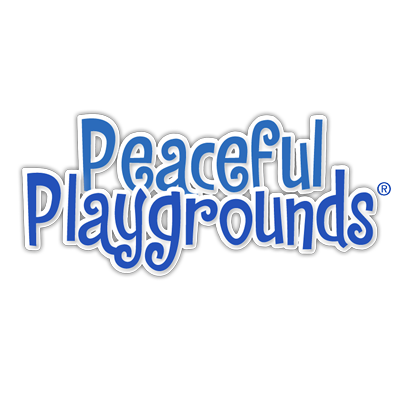
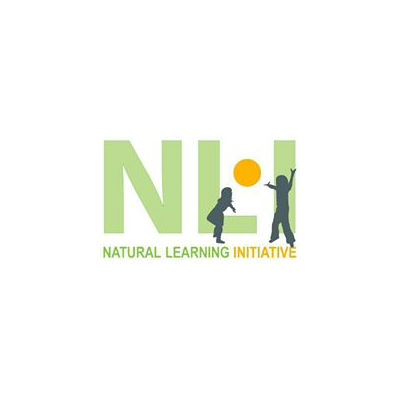
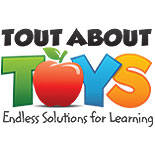

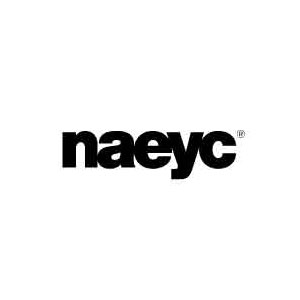

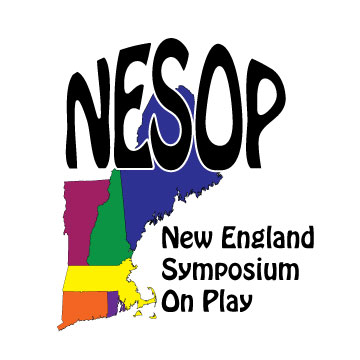
Add new comment